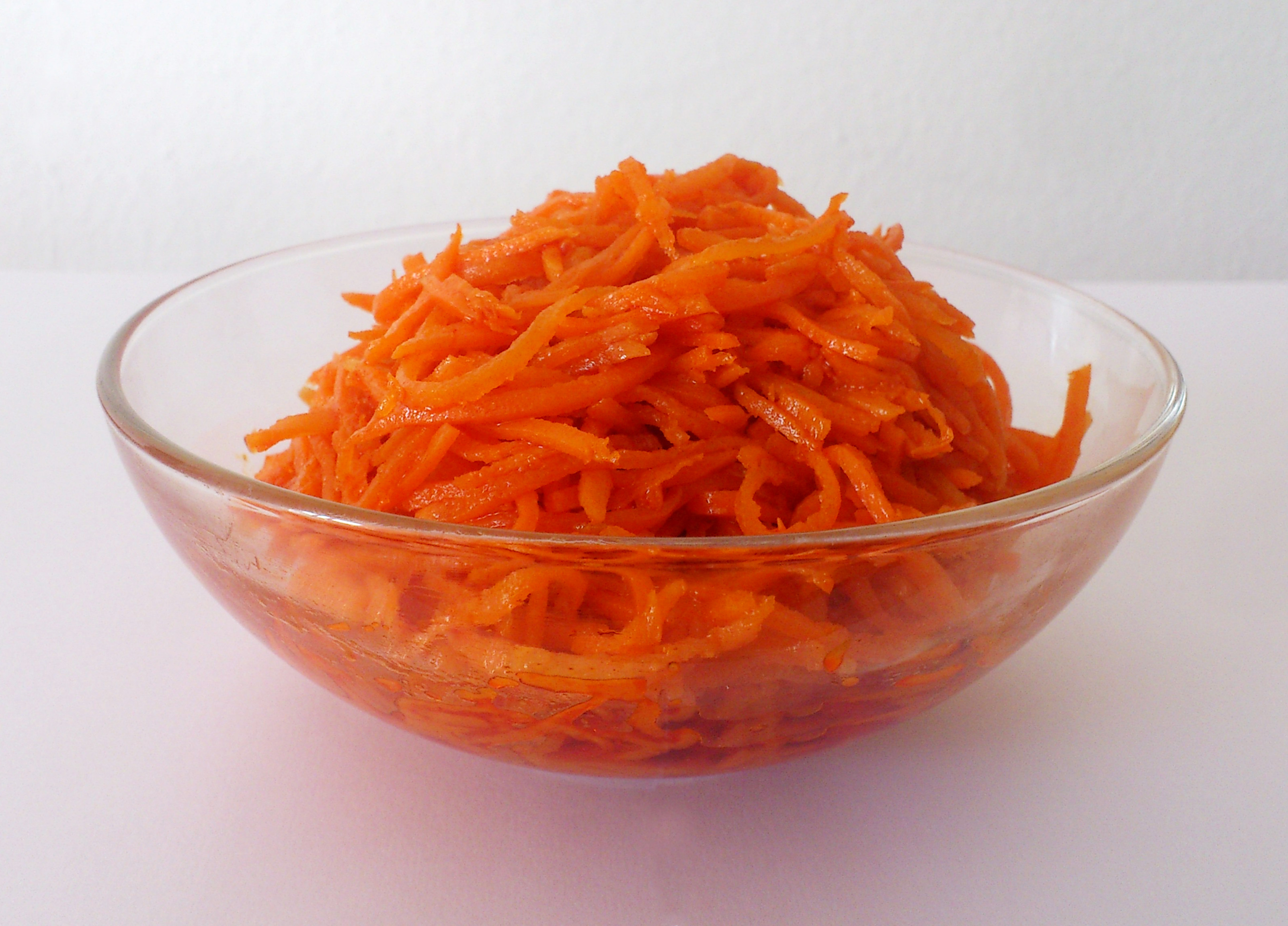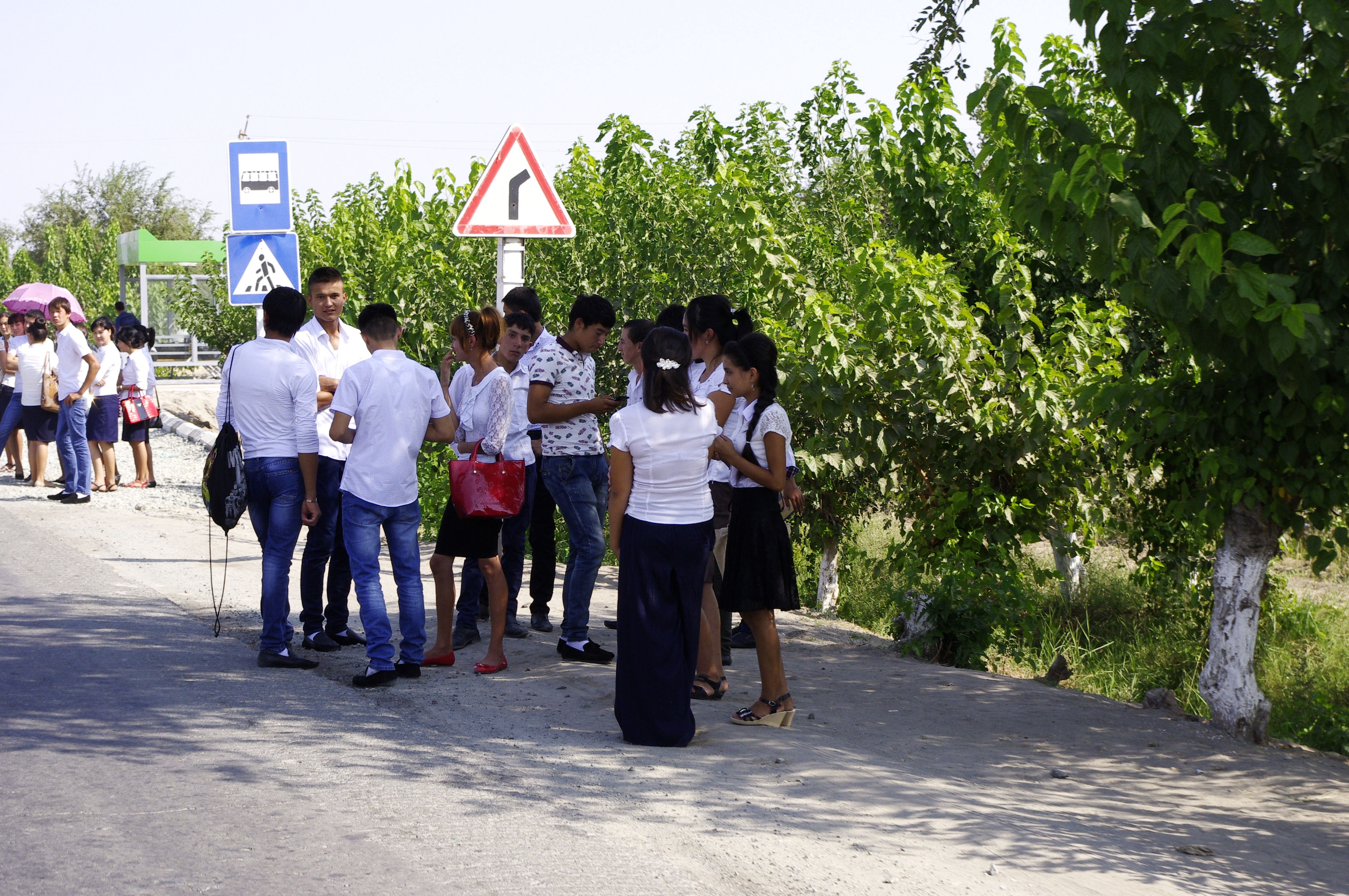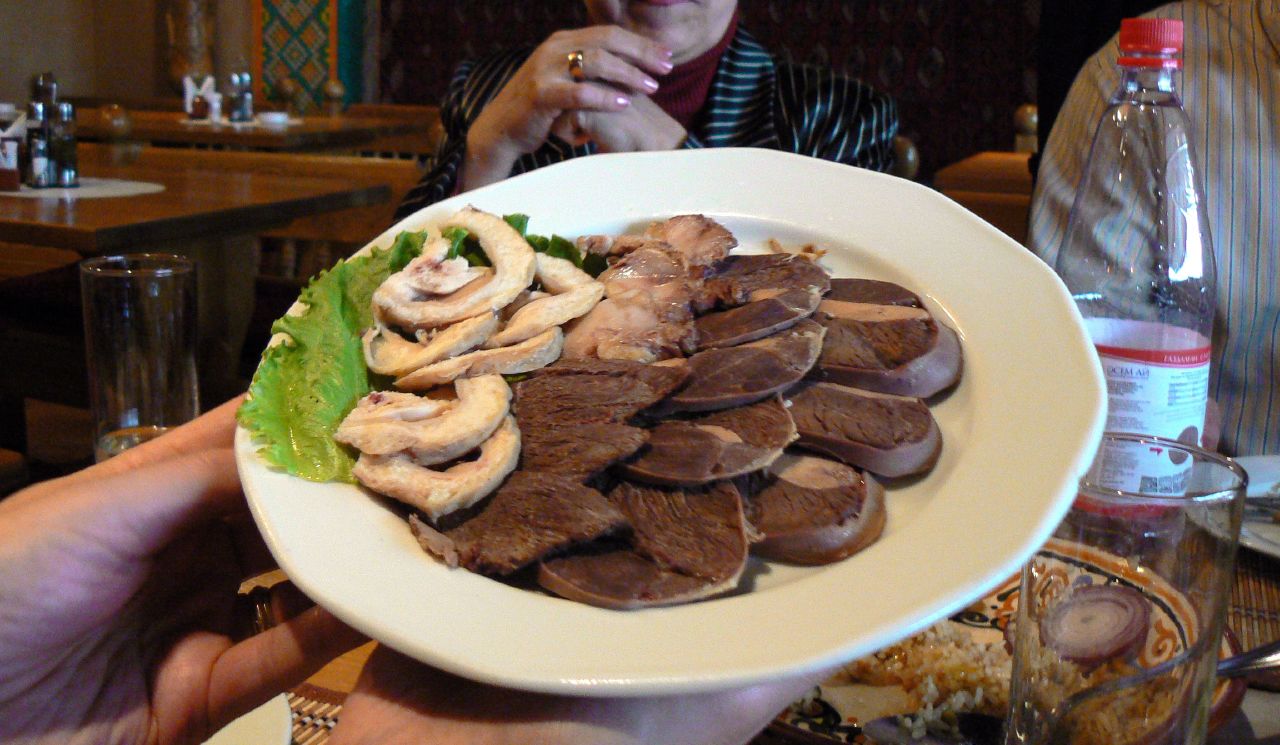|
Kuksi
''Kuksu'' (; ; ) or ''kuksi'' (; ; ) is a noodle dish in Koryo-saram cuisine: cuisine of the ethnic Koreans of the mainland former Soviet Union. It is served cold and often spicy with beef. The dish is a popular menu item at Cafe Lily, an Uzbek-Korean restaurant, located in Brooklyn, New York City. ''The Moscow Times'' describes the ''kuksu'' served at Koryo-saram in Moscow's K-town as " avingquite the kick". Gallery File:Kuksi in Central Asia Street.jpg, Kuksi and '' morkovcha'' served in a restaurant in Central Asia Street (2024) Variations * Acorn noodle soup * Gogi-guksu See also * Koryo-saram cuisine * Korean noodles Korean noodles are noodles or noodle dishes in Korean cuisine, and are collectively referred to as ''guksu'' in Korean language, native Korean or ''myeon'' in hanja character. The earliest noodles in Asia originate from China, and date back 4,000 ... References {{Koryo-saram Beef dishes Korean meat dishes Korean cuisine Kazakh cui ... [...More Info...] [...Related Items...] OR: [Wikipedia] [Google] [Baidu] |
Koryo-saram Cuisine
Koryo-saram are ethnic Koreans of the Post-Soviet states, former Soviet Union. They have a distinct style of cuisine that is descended from Korean cuisine and influenced by the cuisines of various countries they have lived in. They are often considered distinct from Sakhalin Koreans, another Korean group from the former Soviet Union Sakhalin Korean cuisine, that has their own cuisine. The cuisine has achieved significant popularity throughout the former Soviet Union, with dishes like ''morkovcha'' widely available in grocery stores. However, to the reported surprise of some visitors from Russia, the cuisine is virtually unknown in South Korea. It is also considered by some to differ from South Korean cuisine significantly, especially as it descends primarily from the cuisine of regions now in North Korea. Description Of Korean regional cuisines, Koryo-saram cuisine is most closely related to that of the Hamgyong Province, Hamgyong provinces, now in North Korea. This is because ... [...More Info...] [...Related Items...] OR: [Wikipedia] [Google] [Baidu] |
Korea
Korea is a peninsular region in East Asia consisting of the Korean Peninsula, Jeju Island, and smaller islands. Since the end of World War II in 1945, it has been politically Division of Korea, divided at or near the 38th parallel north, 38th parallel between North Korea (Democratic People's Republic of Korea; DPRK) and South Korea (Republic of Korea; ROK). Both countries proclaimed independence in 1948, and the two countries fought the Korean War from 1950 to 1953. The region is bordered by China to the north and Russia to the northeast, across the Yalu River, Amnok (Yalu) and Tumen River, Duman (Tumen) rivers, and is separated from Japan to the southeast by the Korea Strait. Known human habitation of the Korean peninsula dates to 40,000 BC. The kingdom of Gojoseon, which according to tradition was founded in 2333 BC, fell to the Han dynasty in 108 BC. It was followed by the Three Kingdoms of Korea, Three Kingdoms period, in which Korea was divided into Goguryeo, Baekje, a ... [...More Info...] [...Related Items...] OR: [Wikipedia] [Google] [Baidu] |
Morkovcha
''Morkovcha'' (, ; Koryo-mar: ; Russian: ), also known as Korean-style carrots; or Korean carrot salad, is a spicy marinated carrot salad. It is a dish in Koryo-saram cuisine, and is a variant of kimchi. History Koryo-saram (ethnic Koreans located in post-Soviet countries) created the dish as they did not have supplies of napa cabbage, the main ingredient in traditional kimchi. In Central Asia, where many Koryo-saram have lived since the deportation of 1937, the salad is also named ''morkovcha'', which is a combination of Russian ''morkov'' ("carrot") and Koryo-mar ''cha'', derived from Korean ''chae'' () meaning salad-type ''banchan''. The salad was unknown in South Korea until recently, when Russo-Koreans' return migration as well as Russian and Central Asian immigration became common. However, it has gained an international following, being served in most cafeterias throughout post-Soviet countries, sold in many supermarkets, and featured regularly as an appetizer ('' z ... [...More Info...] [...Related Items...] OR: [Wikipedia] [Google] [Baidu] |
Uzbekistani Cuisine
Demographic features of the population of Uzbekistan include population growth, population density, ethnicity, education level, health, economic status, religious affiliations, and other aspects of the population. The nationality of a person from Uzbekistan is Uzbekistani, while the ethnic Uzbek majority call themselves Uzbeks. Much of the data is estimated because the last census was carried out in Soviet times in 1989. Overview Uzbekistan is Central Asia's most populous country. Its 36.8 million people (as of January 2024) comprise nearly half the region's total population. The population of Uzbekistan is very young: 30.1% of its people are younger than 14. According to official sources, Uzbeks comprise a majority (84.4%) of the total population. Other ethnic groups, as of 1996 estimates, include Russians (2.1% of the population), Tajiks (4,8%), Kazakhs (3%), Karakalpaks (2.5%), and Tatars (1.5%). Uzbekistan has an ethnic Korean population that was forcibly relocated to th ... [...More Info...] [...Related Items...] OR: [Wikipedia] [Google] [Baidu] |
Kyrgyz Cuisine
Kyrgyz cuisine is the cuisine of the Kyrgyz, who comprise a majority of the population of Kyrgyzstan. The cuisine is similar in many aspects to that of their neighbors. Traditional Kyrgyz food revolves around mutton, beef and horse meat, as well as various dairy products. The preparation techniques and major ingredients have been strongly influenced by the nation's historically nomadic way of life. Thus, many cooking techniques are conducive to the long-term preservation of food. Mutton and beef are the favorite meats, although in modern times many Kyrgyz are unable to afford them regularly. Kyrgyzstan is home to many different nationalities and their various cuisines. In larger cities, such as Bishkek, Osh, Jalal-Abad, and Karakol, various national and international cuisines can be found. Non-Kyrgyz cuisines that are particularly common and popular in Kyrgyzstan include Uyghur, Dungan, Uzbek, and Turkish cuisines, representing the largest minorities in the country. ... [...More Info...] [...Related Items...] OR: [Wikipedia] [Google] [Baidu] |
Kazakh Cuisine
Traditional Kazakh cuisine is the traditional food of the Kazakh people. It is focused on mutton and horse meat, as well as various Dairy products, milk products. For hundreds of years, Kazakhs were herders who raised fat-tailed sheep, Bactrian camels, and horses, relying on these animals for transportation, clothing, and food. The cooking techniques and major ingredients have been strongly influenced by the nation's nomadic way of life. For example, most cooking techniques are aimed at long-term Food preservation, preservation of food. There is a large practice of salting and drying meat so that it will last, and there is a preference for sour milk, as it is easier to save in a nomadic lifestyle. Meat in various forms has always been the primary ingredient of Kazakh cuisine, and traditional Kazakh cooking is based on boiling. Horse and mutton are the most popular forms of meat and are most often served in large uncut pieces which have been boiled. Kazakhs cared especially for hor ... [...More Info...] [...Related Items...] OR: [Wikipedia] [Google] [Baidu] |
Korean Meat Dishes
Korean may refer to: People and culture * Koreans, people from the Korean peninsula or of Korean descent * Korean culture * Korean language **Korean alphabet, known as Hangul or Korean **Korean dialects **See also: North–South differences in the Korean language Places * Korean Peninsula, a peninsula in East Asia **North Korea **South Korea Other uses *Korean Air, flag carrier and the largest airline of South Korea See also *Korean War, 1950-present war between North Korea and South Korea; ceasefire since 1953 *Names of Korea, various country names used in international contexts *History of Korea The Lower Paleolithic era on the Korean Peninsula and in Manchuria began roughly half a million years ago. Christopher J. Norton, "The Current State of Korean Paleoanthropology", (2000), ''Journal of Human Evolution'', 38: 803–825. The earl ..., the history of Korea up to 1945 * {{disambiguation Language and nationality disambiguation pages ... [...More Info...] [...Related Items...] OR: [Wikipedia] [Google] [Baidu] |
Beef Dishes
Beef is the culinary name for meat from cattle (''Bos taurus''). Beef can be prepared in various ways; cuts are often used for steak, which can be cooked to varying degrees of doneness, while trimmings are often ground or minced, as found in most hamburgers. Beef contains protein, iron, and vitamin B12. Along with other kinds of red meat, high consumption is associated with an increased risk of colorectal cancer and coronary heart disease, especially when processed. Beef has a high environmental impact, being a primary driver of deforestation with the highest greenhouse gas emissions of any agricultural product. In prehistoric times, humans hunted aurochs and later domesticated them. Since that time, numerous breeds of cattle have been bred specifically for the quality or quantity of their meat. Today, beef is the third most widely consumed meat in the world, after pork and poultry. As of 2018, the United States, Brazil, and China were the largest producers of beef. Some ... [...More Info...] [...Related Items...] OR: [Wikipedia] [Google] [Baidu] |
Gogi-guksu
''Gogi-guksu'' (Jeju language, Jejuan: 돗괴기국수; ) is a regional dish of Jeju Province (Jeju Island), South Korea. It is a pork-based wheat noodle soup, served with sliced pork and garnishes like chives. The dish is a relatively recent invention, having developed during and after the 1910–1945 Korea under Japanese rule, Japanese colonial period. It achieved popularity beginning in the late 1990s, and has since become a dish widely associated with Jeju. Its qualities notably differ depending on the restaurant it is served in. The noodles can either be thick or thin, or even be typical Japanese ramen noodles. The broth is generally described as "light" or "clean", with various techniques and ingredients used to achieve this effect. History The dish combines elements of Japanese and Jeju Province, Jeju culinary traditions. Wheat noodles, a key ingredient in ''gogi-guksu'', were not widely consumed in Jeju before the 1910–1945 Korea under Japanese rule, Japanese colo ... [...More Info...] [...Related Items...] OR: [Wikipedia] [Google] [Baidu] |
Acorn Noodle Soup
Acorn noodle soup, also called ''dotoriguksu'' (), is a noodle soup consisting of Korean noodles made from acorn flour or starch, salt, and a combination of grain-based flour (usually buckwheat or wheat). Acorn noodle soup may be made from acorns collected from red or white oak species and each oak species gives a distinct flavour. Ingredient labels do not list from which type of tree acorns are gathered, most likely owing to the large number of oak species and increasing oak hybridization (especially among white oak varieties), which makes it difficult to recognise and document each type of species. Origins Evidence at Neolithic sites such as Amsa-dong in South Korea show acorns were part of the human diet. Acorns contain bitter tannins which would have been leached out to make the acorns edible. They were then ground into flour using a saddle quern and milling stone. It is unknown exactly where acorn noodles were first produced. However, Ogam village, Korea is well known ... [...More Info...] [...Related Items...] OR: [Wikipedia] [Google] [Baidu] |
Central Asia Street
Central Asia Street () is the nickname for an area in Gwanghui-dong, Jung District, Seoul, South Korea. It is so named because of the relatively high density of Central Asia-themed businesses in the area. In addition to its population of foreigners of non-Korean ethnicity, the area also has a notable population of Koryo-saram, ethnic Koreans from the former Soviet Union. The area reportedly formerly went by the name Little Moscow. Cyrllic, a script used for many Central Asian and Slavic languages, can be widely seen in the area. The ground level of the street has a number of restaurants and bars that specialize in Central Asian and Russian food and drinks, including kebabs and vodka. Along the main entrance to the street is a 10-story building known as "Mongolian Town". In addition to stores and restaurants, many of the establishments cater to the needs of the locals, such as banks, hair salons, and job agencies. The area is near the Dongdaemun History & Culture Park station an ... [...More Info...] [...Related Items...] OR: [Wikipedia] [Google] [Baidu] |
The Moscow Times
''The Moscow Times'' (''MT'') is an Amsterdam-based independent English-language and Russian-language online newspaper. It was in print in Russia from 1992 until 2017 and was distributed free of charge at places frequented by English-speaking tourists and expatriates, such as hotels, cafés, embassies, and airlines, and also by subscription. The newspaper was popular among foreign citizens residing in Moscow and English-speaking Russians. In November 2015, the newspaper changed its design and type from daily to weekly (released every Thursday) and increased the number of pages to 24. The newspaper Online newspaper, became online-only in July 2017 and launched its Russian-language service in 2020. In 2022, its headquarters were relocated to Amsterdam in the Netherlands in response to Media freedom in Russia, restrictive media laws enacted in Russia after the Russian invasion of Ukraine, invasion of Ukraine. On 15 April 2022, the Russian-language website of ''The Moscow Times'' was ... [...More Info...] [...Related Items...] OR: [Wikipedia] [Google] [Baidu] |




